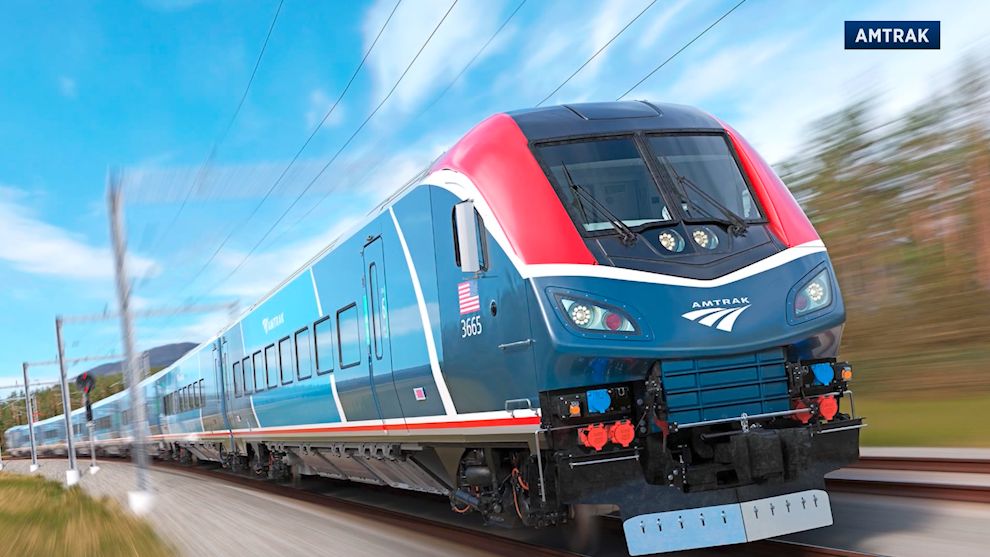OHIO — A pair of tractor trailers entered Interstate-70 Monday between Columbus, Ohio, and Indianapolis, Indiana, featuring new technology that officials hope will advance truck automation throughout the Midwest.
The trucks have automated truck platooning technology, provided by Kratos Defense, which electronically links the two vehicles.
The driver in the lead vehicle will control the speed and direction of the second. During portions of the I-70 trips, the following truck will automatically steer, accelerate and brake to provide efficient vehicle coordination.
“At Kratos, we have adapted advanced automated truck platooning technology, originally developed for the U.S. military, to address critical challenges facing commercial logistics, agriculture, energy and mining sectors, all vital to national security.” said Maynard Factor, VP of Business Development at Kratos Defense. “This project offers a real-world opportunity to demonstrate how proven automated driving systems can increase safety, strengthen supply chain resilience, and ensure economic vitality. Operating along the I-70 corridor between Ohio and Indiana enables us to showcase performance in complex, all-weather conditions essential to Midwest freight operations and accelerates readiness for broad adoption. This marks a significant step forward in bringing scalable, next-generation automation to the industries that keep the nation moving.”
Both trucks will have professional drivers who can turn off the technology and take over if needed.
“Everything we do at ODOT is driven by safety. We’re committed to reducing deaths on our roadways and vehicle automation technologies can be part of the solution,” said ODOT Director Pam Boratyn. “Many vehicles on the road today have some degree of automated driving systems including adaptive cruise control, lane keep assist, and automatic braking. All of these features are designed to improve safety and reduce driver stress.”
Officials said it is vital to assess this technology, which has been done in regions with warmer and more predictable weather, in adverse weather areas as well, such as in Indiana and Ohio.
“Harnessing truck automation technology is one of many innovative safety efforts underway at INDOT,” said Indiana Department of Transportation Commissioner Lyndsday Quist. “In partnership with Ohio, our goal is to create a safer, lower-stress environment for all drivers.”
The trucks are handling shipments for EASE logistics.
“At EASE, we’re committed to driving innovation in logistics with safety at the core of everything we do,” said Peter Coratola Jr., Founder & CEO at EASE. “Our work on the I-70 project is a clear example of that commitment—we implemented a Crawl/Walk/Run pre-deployment strategy and required our drivers to complete 260 hours of intensive training to ensure they were fully prepared. We’re focused on creating meaningful change in the industry, guided by a clear vision and a deep responsibility to lead. Through projects like this, we’re not only advancing innovation—we’re helping establish EASE and our region as national leaders in transportation.”
There are cameras and sensors on the trucks that target object detection, which enable the following vehicle to adjust its speed, or stop, if another vehicle or object comes between the trucks. The second vehicle will travel at a closer distance than is normal, and a purple light will be on the cab when in “platooning mode” to alert law enforcement that the vehicles are digitally connected.
“This technology offers a complete safety system with redundancies that could make roadways safer. It is necessary that we continue to explore improving roadway safety,” said Ohio State Highway Patrol Captain Chris Kinn. “Unlike human drivers, automated vehicles do not drive impaired, text while driving, fall asleep at the wheel, or recklessly speed. The goal of this technology is to take the human error out of the safety equation.”
The U.S. Department of Transportation funded part of the $8.8 million project. The two states will request additional deployments of automated trucks later this year.





